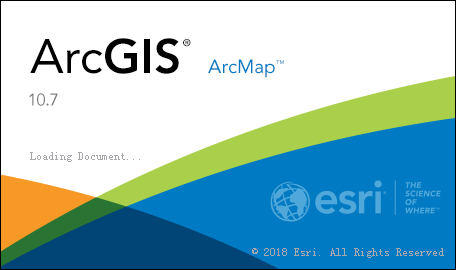GIS Spatial Data Model
GIS Spatial Data
Model
Traditionally spatial data has been stored and presented in
the form of a map. Three basic types of spatial data models have evolved for
storing geographic data digitally. These are referred to as:
ü Vector Data Model
ü Raster Data Model
- Vector Data
ü Map features
o Points, lines, polygons
o Feature attributes
ü Every feature has attributes
o (e.g. name, area, population)
- Raster Data
- Stored electronic image or picture taken as an aerial photograph or satellite image.
- Composed of a rectangular array of square cells, called pixels, with a number in each cell representing the solid color fill of that cell.
- A new hybrid method of storing data is that of identifying point clouds, which combine three-dimensional points with RGB information at each point, returning a "3D color image".
- GIS thematic maps then are becoming more and more realistically visually descriptive of what they set out to show or determine.

Comments
Post a Comment